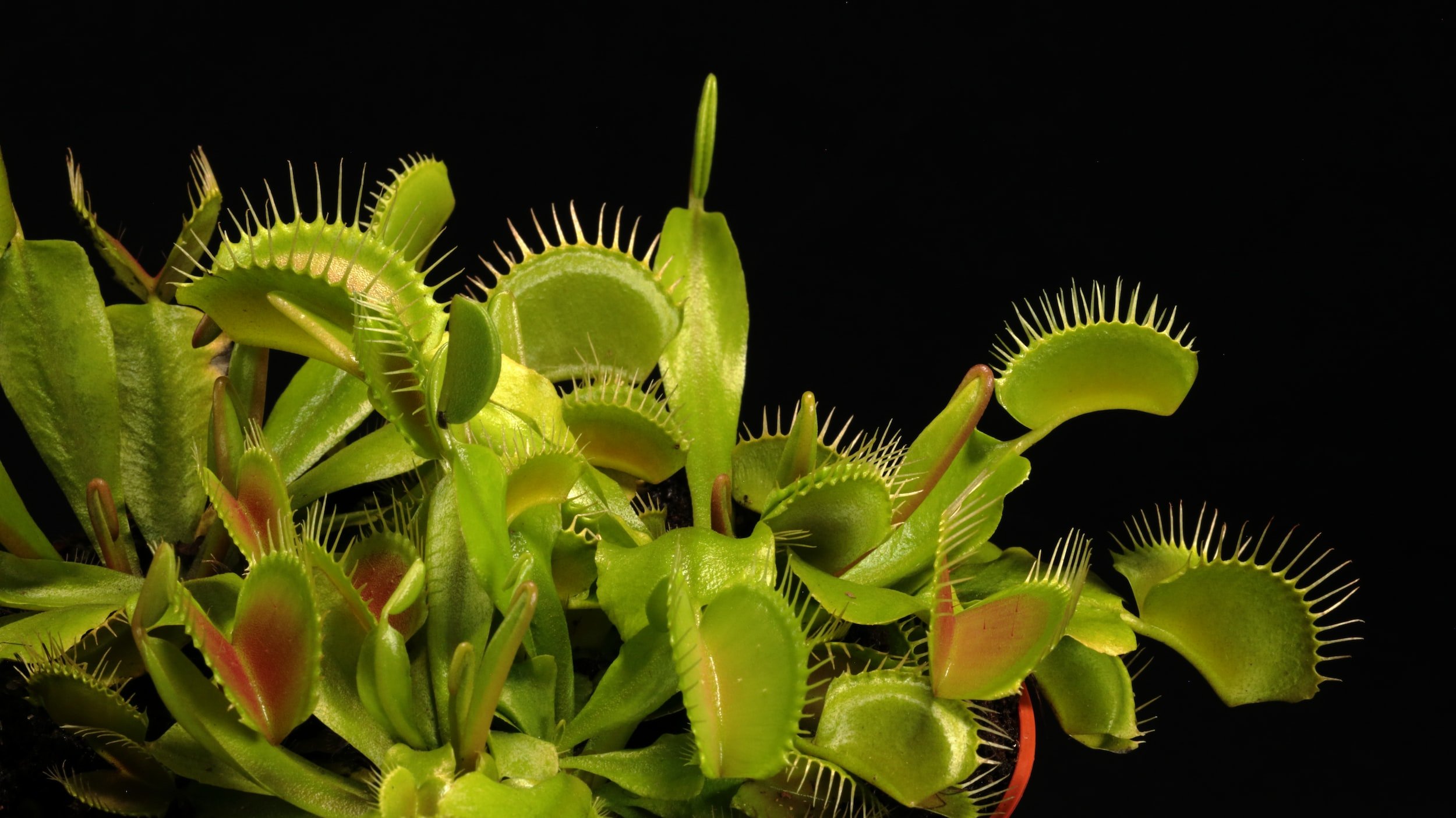Science Lessons for Kids > Plants
12 Plant Facts & Trivia for Kids
Plants! By turning the light of the sun into energy, plants support almost all other life on Earth. If you want to know the most amazing facts about trees, flowers, and everything in between, you’ve come to the right place!
Amazing Plant Facts For Kids
Lick your green thumb and get ready to scroll to the most incredible plant facts around!
There Are Bridges Made Out of Living Trees
In Northeast India, people make living bridges by shaping the roots of rubber fig trees. What results is a tree made from a living tree that can last for hundreds of years.
The Bladderwort Plant Vacuums Its Prey
The Bladderwort is a meat-eating plant that lives in the water and eats small aquatic animals. And the way it does it is pretty un-plantlike: it sucks its prey into itself in the blink of an eye, like a super-fast vacuum. Once it traps its prey inside, it slowly digests it.
Some Trees Communicate Using Special Chemicals
Many plants have a defense mechanism to being eaten - they’ll produce bad-tasting chemicals that ward off insects, or even giraffes. And the coolest part is that some plants also produce chemicals that trigger this defensive response in nearby plants of the same species, effectively warning them that hungry leaf-eaters are nearby.
Plant Trivia Questions for Kids
How many of these plant questions can you answer?
-
The tallest living tree is a redwood in California named Hyperion that is 115.92 meters (380 feet) tall - taller than Big Ben!
-
The oldest living tree is a bristlecone pine tree in California named Methuselah, and it’s 4,853 years old. That means Methuselah is older than the pyramids!
-
The world’s smallest flower is the Wolffia globosa, commonly known as duckweed. It’s just a tenth of a millimeter - smaller than a grain of salt. They grow on top of lakes or marshes, and look sort of like green cornmeal.
-
Yes - there are lots of plants that move on their own. A common example is the Venus Flytrap, which closes around prey that lands on it, but there’s lots of other examples. Some plants bend towards sources of light, and even follow the sun as it moves across the sky. A plant called the Mimos pudice closes its leaves after being touched. Giant water lilies grow out of the water and use a large, club-like bud to clear other plants from the water’s surface.
-
Plants don’t have brains or nervous systems like animals do, so they can’t think or feel pain (or anything else) like we do. They do, however, have responses to threats, such as the smell of freshly cut grass, which is actually a mixture of chemicals that help regrow the damage and attract predators of caterpillars and other animals that munch on grass.
-
A kind of tree in South Africa called the Shepherd’s Tree has been recorded with roots that extended 223 feet (68 m) into the ground, deeper than any other tree. That means its roots extended farther down into the Earth than the height of the leaning tower of Pisa.
-
Mushrooms are NOT plants - they’re fungi! Fungi are different from both plants and animals. Like plants, they don’t move on their own. But while most plants get energy from the sun, fungi get energy by eating other organisms, like animals. Most fungi are detritivores, meaning they eat things that are already dead, like fallen down trees. That makes fungi really important - they’re what clear away all the dead plants from the ground.
-
Cacti thrive in deserts, where it hardly ever rains. They have several adaptations that help them survive long periods without water. They can store lots of water in their body, so that when it does rain, they can soak up as much as possible. They have a waxy coating that helps retain moisture. Finally, while most plants “breathe” during the day, cacti only breathe at night, allowing them to keep their pores closed when the sun is out to avoid losing water to evaporation.
-
Cutting an onion releases chemicals that were previously separated, allowing them to mix together. When that happens, those chemicals react, creating a new chemical that irritates your eye. Tears are the your eyes’ main defense mechanism - they wash away anything you don’t want in your eye. So when those irritating new chemicals touch the surface of your eye, you produce tears to wash them clean.
Kid-Friendly Ways to Learn More About Plants
Play Tappity’s Video Lessons About Plants
Tappity has a whole forest’s worth of interactive video lessons about plants!
Explore More Science Facts for Kids
From Volcanoes to Velociraptors, we’ve got it all - right here at Tappity.
























